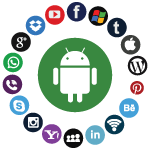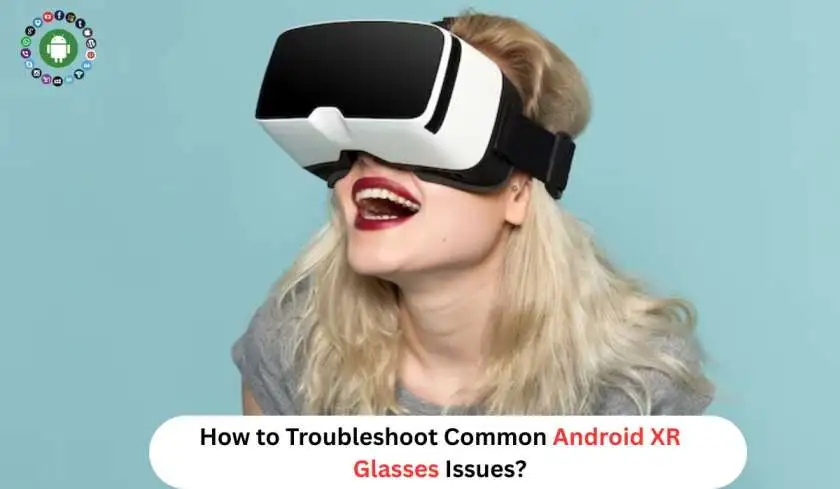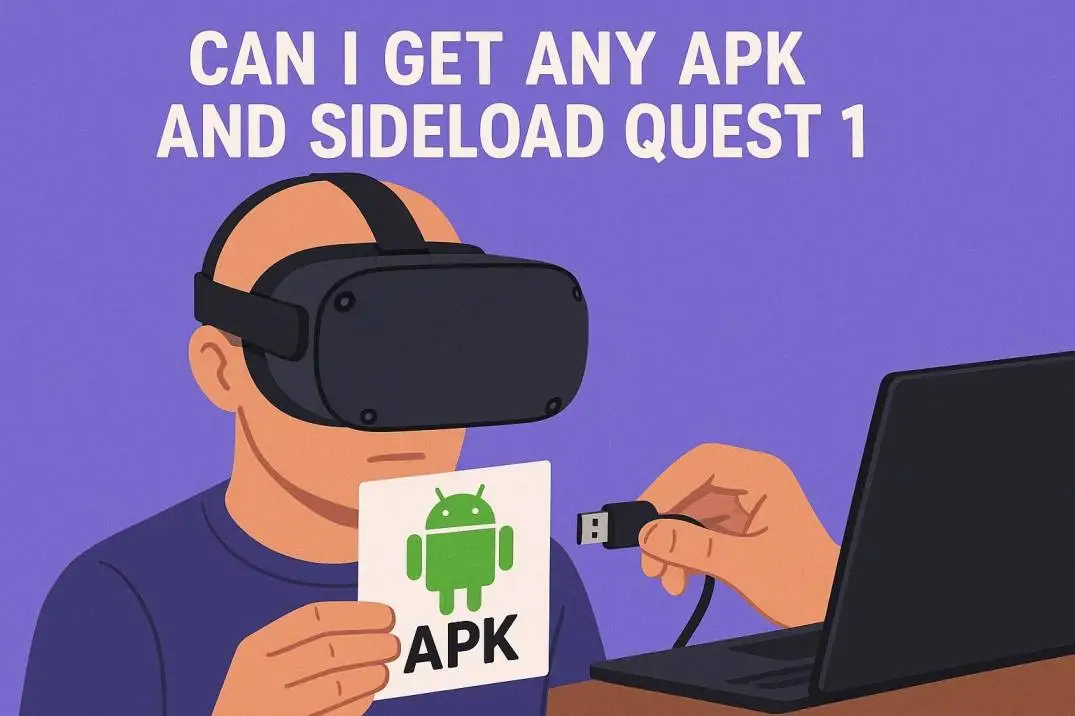Amplified Reality (XR) glasses are transforming the landscape of consumer innovation. As the boundaries between the advanced and physical universes proceed to obscure.
Android XR glasses are becoming great tools for better communication, fun, and learning from the past. These smart glasses combine Android's flexible features with advanced XR technology. They promise to change how we engage with innovation in our daily lives.
Last week, we shared how Gemini and Android work together to help you get things done on your phone, your watch, your TV, and your car’s show. It is not possible to remove the adverb. What if your AI partner might see the world from your point of view and offer hands-free help?
What Are Android XR Glasses?
XR (Amplified Reality) is an umbrella term including Virtual Reality (VR), Increased Reality (AR), and Blended Reality (MR). XR glasses are wearable devices. They let users experience immersive content that blends with the real world.
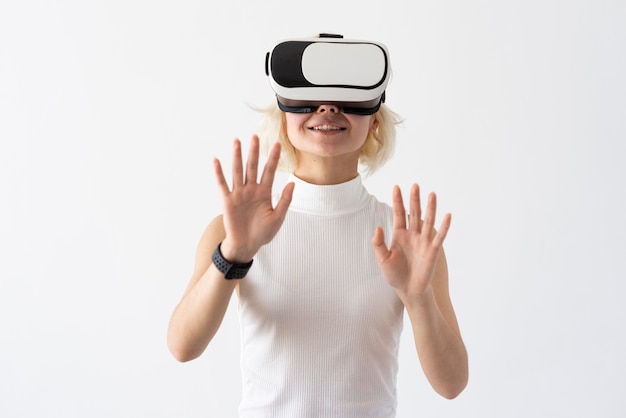
XR glasses using Android enjoy a vast app ecosystem. They use an open development system. This makes it easy to connect with other Android devices, such as smartphones, tablets, and wearables. This position Android XR glasses as one of the most flexible stages in the immersive tech space.
Read Also: To Know How to Turn Off Read Receipts On Android? A Complete Guide
That’s the vision driving our most recent progressions in Android XR. It’s the beginningAndroid stage built in the Gemini period, and it powers an environment of headsets, glasses, and everything in between.
With Gemini on these gadgets, you have a partner by your side. It shares your view and is ready to help whenever you start a conversation. This liberates your hands so you can remain shown and locked in with the world around you, whether it's genuine or virtual.
We presented Android XR to Samsung and Qualcomm. We emphasized that headsets such as Samsung’s Extend Moohan (coming later this year!) will deliver immersive experiences on a large screen. Gemini makes Android XR headsets easier to use and more efficient. It understands what you see and takes actions for you.
Experiencing AI actually with Android XR glasses
Today on the Google I/O arrange, we gave a more profound see at glasses with Android XR. For over a decade, we’ve been working on the concept of shrewd glasses. With Android XR, we’re taking a monster jump forward.
These glasses have a camera, receivers, and speakers. They work with your phone, so you can access your apps without reaching into your bag. And an discretionary in-lens show secretly gives supportive data right when you must it.
These glasses blend with Gemini. They see and hear what you do. So, they understand your surroundings. They remember what's important to you and can help you throughout your day.
Today's sneak peek showed how Android XR glasses will work in real life. You can use them to inform friends, make plans, ask for turn-by-turn directions, take photos, and more. We demonstrated live dialect interpretation between two people. This shows how these glasses can break down language barriers and provide subtitles for the real world.
Building Glasses You’ll Need to Wear
We’re working with brands and accomplices to bring this innovation to life. We know that glasses can be quite helpful if you need to wear them all day.
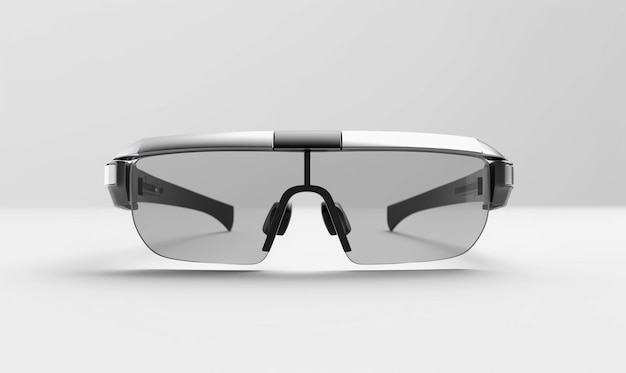
We are excited to announce that we are collaborating with creative eyewear brands. We’re starting with Tender Beast and Warby Parker to create smart glasses powered by Android XR. In the future, we look forward to working with more partners, like Kering Eyewear. This will help us offer even more choices to users.
Related Article: Top 10 Android News Apps in 2025: Which One Should You Use?
We're also working with Samsung to expand Android XR beyond headsets and into glasses. We’re building a program and reference equipment stage. It will enable the environment to create exceptional glasses. Engineers will be able to begin building for this stage afterward this year.
We aim to create a product that genuinely assists you while respecting your privacy and that of others. So, we’ve begun gathering feedback on our designs from trusted testers. Stay tuned for updates on our progress in the coming months. You can also join our newsletter for news on gadget accessibility changes.
The Part of Android in XR Glasses
Android plays a pivotal part in XR improvement for a few reasons:
1. Open Source Flexibility: Android is open-source. This means designers and producers can adjust the OS for different devices. XR glasses need special interfacing, sensors, and handling features. This is essential for their function.
2. Designers can use Android’s many APIs and tools. For example, ARCore helps them create strong XR apps. Using Android Studio and Google Play Administration, you can develop quickly and securely.
3. Gadget Interoperability: Android XR glasses work well with other Android gadgets. This boosts user experiences across smartphones smartwatches tablets and IoT devices. This interoperability makes a difference make a bound together XR ecosystem.
Key Highlights of Android XR Glasses
While equipment highlights may shift by producer, most Android XR glasses share a few center technologies:
1. AR-capable XR glasses often use waveguide or small-scale displays. These shows overlay digital content onto the real world. They do this without blocking your view. VR-centric models utilize full field-of-view shows for immersion.
2. Spatial Following: XR glasses use cameras and sensors to track your head position and surroundings. This lets digital content respond to your movements and where you are in the real world.
3. Voice and Motion Control: With android xr glasses release date and price, you can use voice commands, track your eyes, make hand gestures, or control them with your smartphone. They require little physical input.
4. Built-in Handling and Network: Some Android XR glasses have their own CPUs and GPUs. They can connect to remote networks like 5G, Wi-Fi, and Bluetooth, allowing for independent use. Others need to connect to smartphones for processing power.
5. Android App Bolster: Some android xr glasses release date and price can run local Android apps. This depends on the manufacturer. You can access familiar apps like Maps, Gmail, YouTube, and more in adjusted or expected designs.
Use Cases of Android XR Glasses
1. Venture and Mechanical Applications: Android XR glasses improve efficiency in areas like manufacturing, logistics, and healthcare. They also enhance safety and streamline operations. Professionals can view schematics hands-free. Specialists can guide field teams. Also, healthcare experts can access patient data during procedures.
2. Instruction and Preparation: Android XR glasses are changing learning. They offer immersive and intuitive experiences. From virtual labs to verifiable reenactments, XR devices can upgrade maintenance and understanding. In professional preparing, they reenact real-world scenarios for hone without risk.
3. Enjoy movies on a huge virtual screen, play in mixed reality, or experience 3D content at home with Android XR glasses. Gaming in specific is being changed by spatial gameplay and multi-device interaction.
4. Efficiency and Inaccessible Work: As hybrid work grows, Android XR glasses offer new ways to stay productive. Imagine having various virtual screens in your view. You can access your files, join video calls, or even collaborate in 3D workspaces all without a physical monitor.
5. Route and Travel: Visitors and commuters can benefit from helpful overlays. These include live headings, outside content interpretation, points of interest, and transport alerts. All are improved by location-aware AR services.
Notable Android XR Glasses in the Market
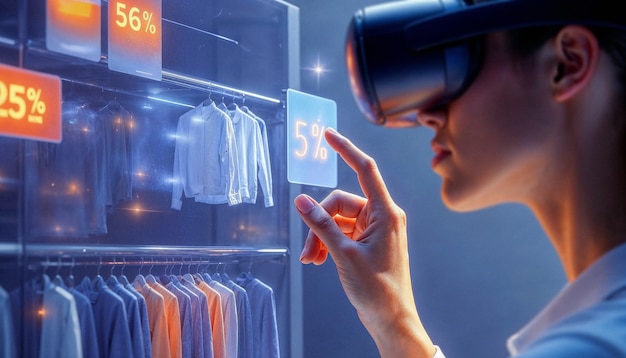
1. Lenovo Think Reality A3: Targeted at business clients, the Think Reality A3 uses Android. It offers a sharp display, a Snapdragon XR1 chip, and can support several virtual screens.
You Must Also Like: MacBook Pro Orange Screen: Solutions You Need to Know
2. Rokid Max and Rokid Station: Rokid's smart glasses work with a small Android unit (Rokid Station). Together, they offer a private screen experience for gaming, media, and mobile computing.
3. XREAL Discuss glasses connect with Android-based XREAL Pillar or compatible smartphones. They provide an AR-enhanced screen for fun and productivity.
4. TCL NXTWEAR: These Android-compatible glasses from TCL provide a big screen experience for media use and basic tasks. They are designed for portability and comfort.
Challenges and Limitations
Despite the potential, Android XR glasses confront a few obstacles:
1. Battery Life: Compact plans limit battery capacity. This reduces how long clients can enjoy XR experiences before needing to recharge.
2. Consolation and Aesthetics: Balancing weight, comfort, and style is a tough design task. Glasses must too be in vogue sufficient for open use.
3. App Optimization: Not all Android apps are outlined for spatial interaction. Designers require unused UX rules and devices to adjust apps for XR platforms.
4. Security Concerns: Using cameras and sensors in public sparks worries about surveillance and keeps data security in question. Control and client straightforwardness are essential.
The Future of Android XR Glasses
1. AI Integration Will Tighten: Features like real-time translation, data overlays, and smart voice assistants will become more noticeable. On-device AI chips will progress execution and privacy.
2. 5G and Edge Computing: With 5G and portable edge computing, Android XR glasses can reduce idle time. They can offload tasks to the cloud. This boosts battery life and improves real-time responsiveness.
3. Future glasses will mix voice, sight, motion, and brain-computer tech. This will create smooth and intuitive interactions.
4. Wider Buyer Use: As equipment costs drop and more people find uses for them, Android XR glasses will likely move from niche to mainstream. This shift is similar to what happened with smartphones a decade ago.
5. Meta, Google, and Samsung are teaming up. This collaboration focuses on Android-based XR devices. They aim to launch consumer-ready Android XR glasses by late 2025 or 2026.
Conclusion
Android XR glasses speak to a fantastic move in how people interface with innovation. These glasses enhance Android's features for spatial computing. They offer immersive and context-aware experiences that people used to see only in science fiction. Despite the growing market, one thing is clear: android XR platform are set to become a cornerstone of the next era of computing.
From venture proficiency to individual amusement, the potential applications are about boundless. With advances in equipment software and networks the future of Android XR glasses looks bright. It’s already starting to take shape.
